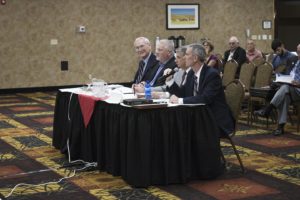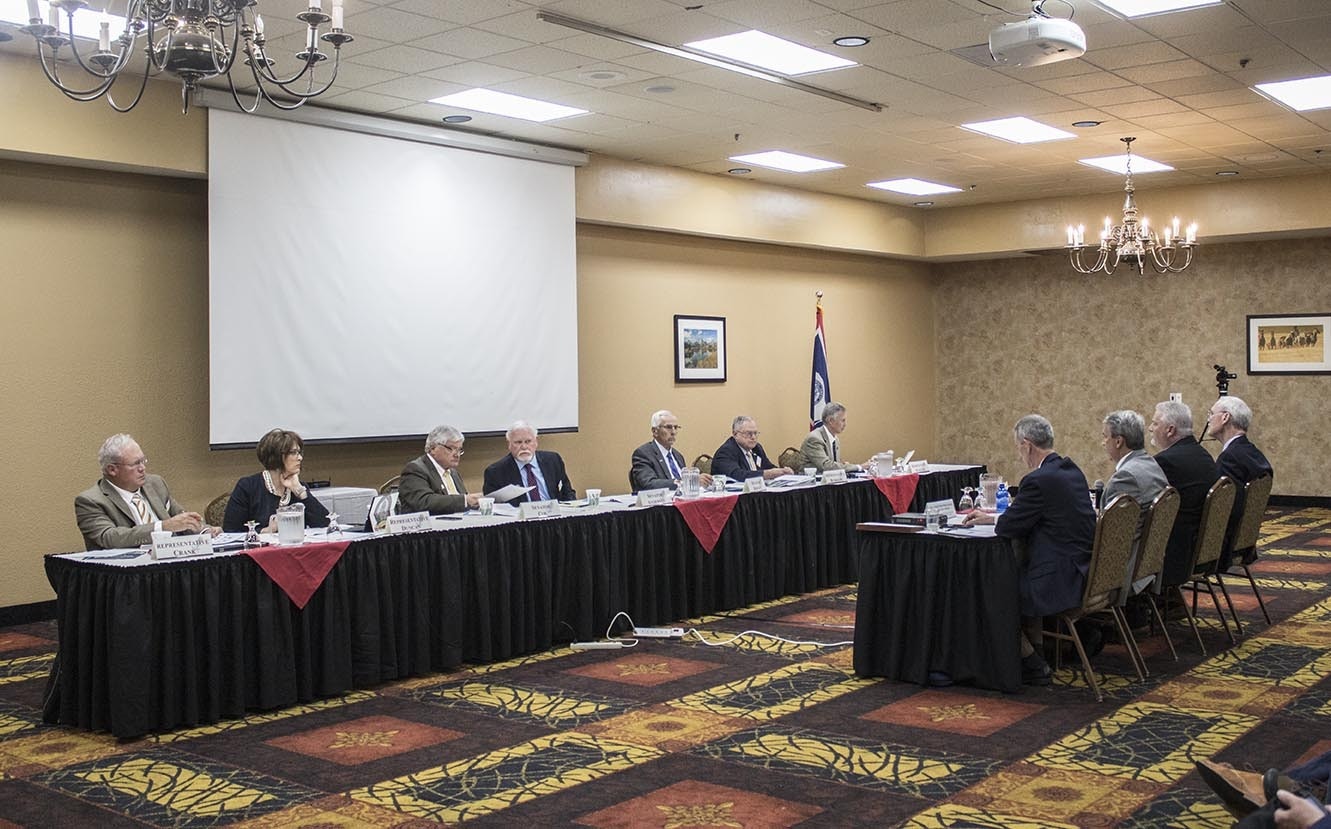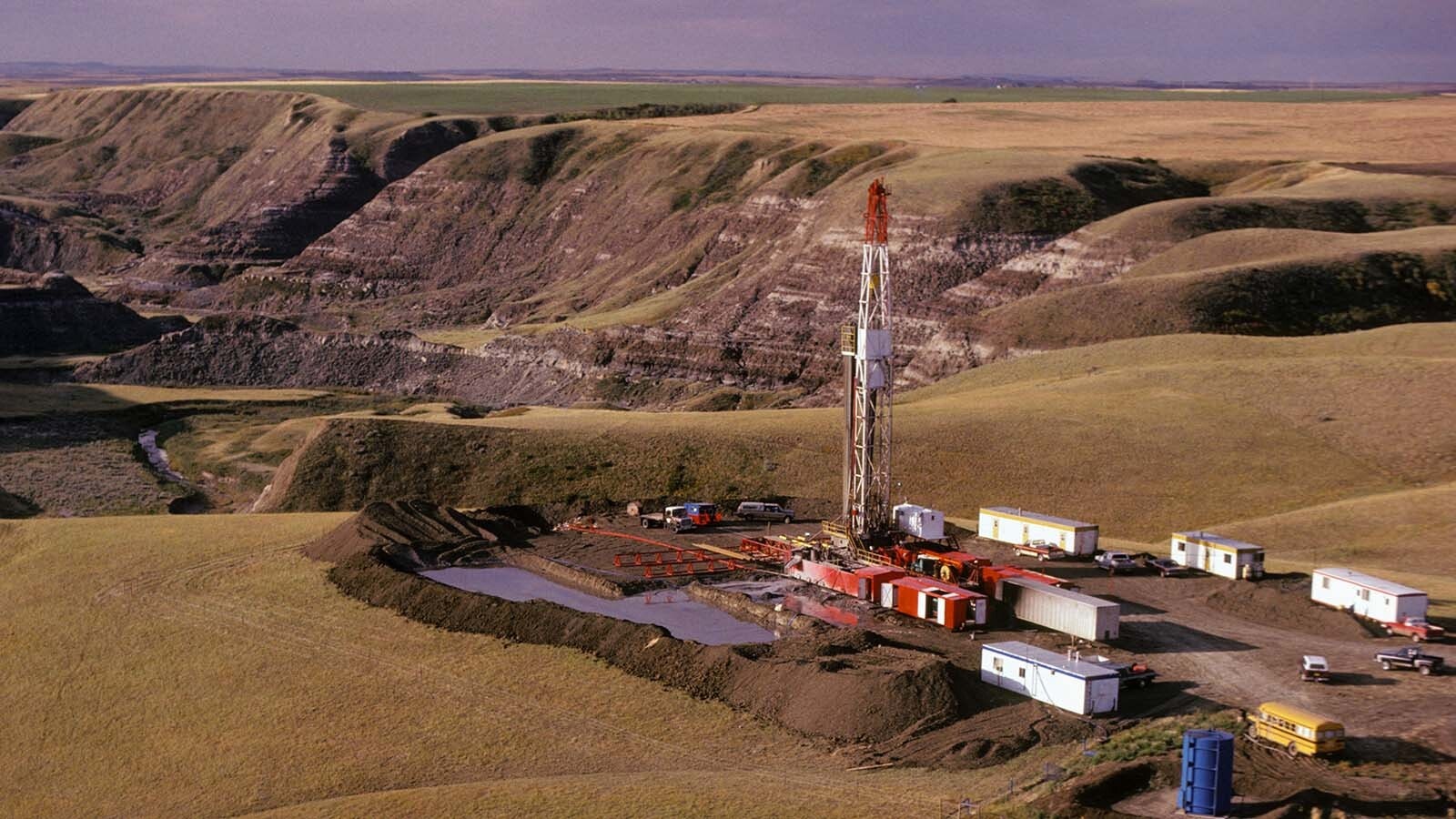A legislative subcommittee formed to examine the possibility of storing spent nuclear fuel rods in the state is just collecting facts on the issue so far, its chairman said Thursday.
Sen. Jim Anderson, R-Casper, chairman of the Legislature’s Spent Fuel Rods Subcommittee, told listeners at the group’s first meeting in Casper that the committee would offer no opinions on whether nuclear waste should be stored in the state.

During the hearing, committee members heard from members of the U.S. Nuclear Regulatory Commission, the U.S. Department of Energy and a retired nuclear physicist.
The committee’s questions focused on the type of waste to be stored, containment, storage, transportation and location requirements as well as the permitting process. Safety concerns and risk assessments were also discussed.
Nuclear waste can take many forms, and come from many sources. Sources of waste include material from commercial power plants and non-power reactors as well as waste from medical, industrial, and academic uses of radioactive material. The primary focus of the meeting was on one type of waste, spent fuel rods used in nuclear power plants.
Spent fuel rods contain nuclear fuel that has reached the end of its useful life. Such fuel is physically hot and contains ionizing radiation and is held in a containment vessel or “cask”. The casks are made of several inches of lead or depleted uranium (which is not radioactive) sandwiched between inner and outer layers of concrete, to provide gamma ray shielding that reduces the radiation emitted to levels just above normal background radiation. The federal government is looking for a temporary storage spot for the waste pending congressional funding for completion of the Yucca Mountain Nuclear Waste Repository in Nevada.
Under consideration for Wyoming is an above-ground “Monitored Retrievable Storage facility,” or MRS that would hold a maximum of 10,000 metric tons of waste.
Currently, no applications for site permits have submitted, so no specific sites have been determined. Recommended locations for MRS sites would be near a rail spur and away from populated areas.
Mike Layton, director of the NRC’s Division of Spent Fuel Management, said waste would be transported by truck and rail in the casks, which are built to withstand drops onto hard surfaces, punctures, fire and water immersion.
According to the NRC, no casks have leaked in over 40 years of transporting nuclear waste.
Before a storage site can be approved, a lengthy permitting process — sometimes taking up to nine years — is completed by the NRC, said John McKirgan, chief of the NRC’s Spent Fuel Licensing branch.

The process begins with the prospective licensees making a deposit of $800,000, according to the agency, and examines scenarios including earthquakes, floods, tornadoes and other natural disasters.
Pete Davis, a retired nuclear physicist who conducted a study into the impacts of a breech of the Yucca Mountain containment facility, told committee members the only scenario that would result in a leak of nuclear material would be the intentional crash of a commercial aircraft into the facility.
Parts of the aircraft engine and landing struts were found sufficient to penetrate the waste handling building during a crash, Davis said.
The study concluded that in such a disaster, 42 spent fuel assemblies would be impacted and all rods ruptured. All fuel pellets would be converted to powder by the resulting fire and 12 percent of the powder would be released into the atmosphere. The scenario also assumes the winds blowing to highest population sector or 100,000 people. The study concluded that about six latent cancer fatalities would occur as a direct result of such an accident, along with a 0.03 percent increase in cancer fatalities for the exposed population.





